Baja, California
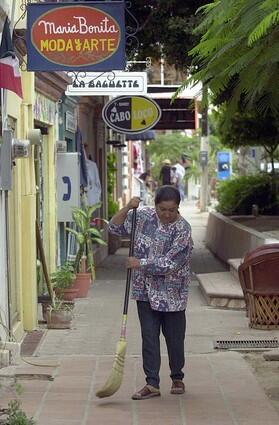
The 18th-century mission village of San José del Cabo is home to shops, galleries and hotels. (Geraldine Wilkins / LAT)
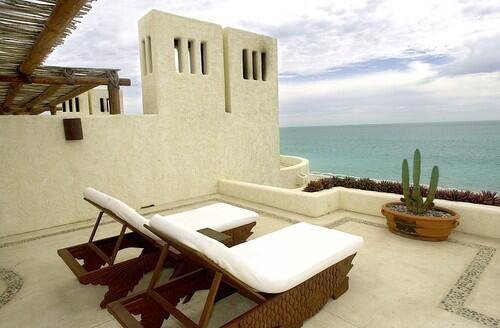
Las Ventanas, a luxury resort, lies halfway between Cabo San Lucas and San José del Cabo. (Geraldine Wilkins / LAT)
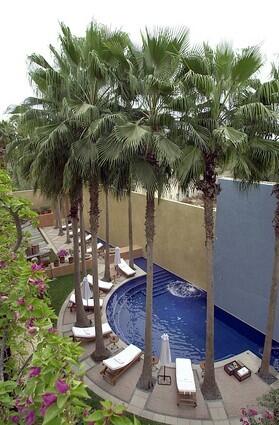
Casa Natalia, a European-style hotel in San José del Cabo, has 16 rooms, each with a private terrace. The small, tourist-oriented town is on the Sea of Cortez. (Geraldine Wilkins / LAT)
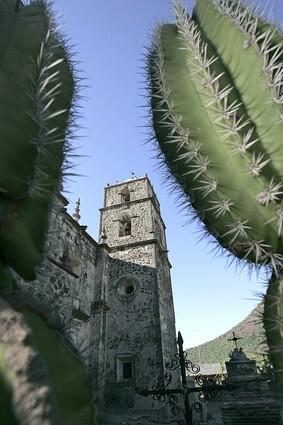
A 17th century-Spanish mission rises in the tiny mountain pueblo of San Javier, near Loreto, in Mexicos Baja California Sur. (Don Bartletti / LAT)
Advertisement
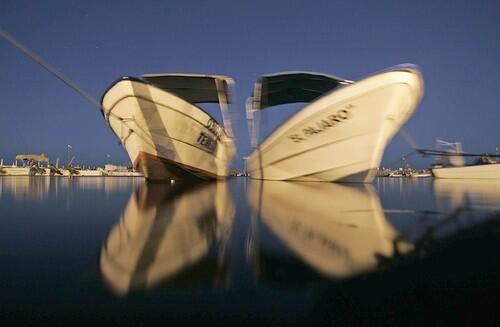
Two pangas, or small open boats, bob in the Loreto harbor. Loreto Bay, in the Gulf of California, is popular among sport fishermen who leave before dawn for the Sea of Cortez. (Don Bartletti / LAT)
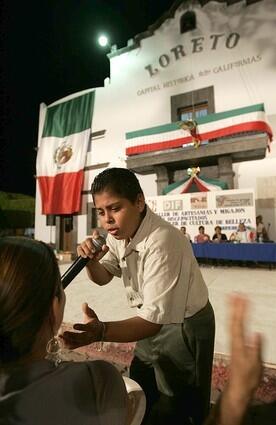
A teenager belts out a song at Loretos annual talent show. His stage is the quaint towns central plaza adjacent to City Hall. (Don Bartletti / LAT)
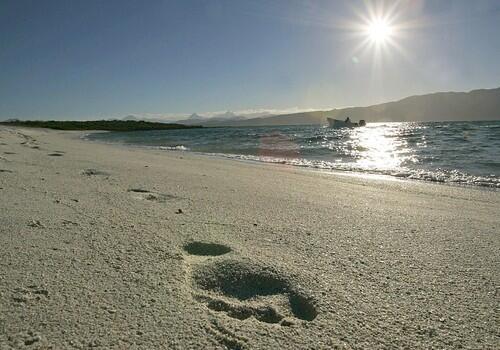
The pristine shores of Coronado Island, in the Sea of Cortez, is about an hour by boat from Loreto. The island is part of Mexicos Loreto Bay National Marine Park. (Don Bartletti / LAT)
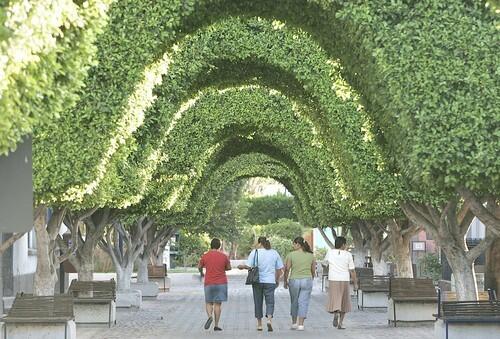
Loreto, a seaside Baja California town, is short flight from Los Angeles. (Don Bartletti / LAT)
Advertisement
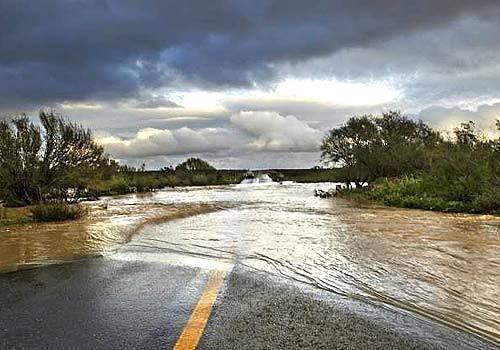
Flash floods are among the components of adventure that is driving in Baja. Here, water covers Route 1 after a storm. (Gail Fisher / LAT)
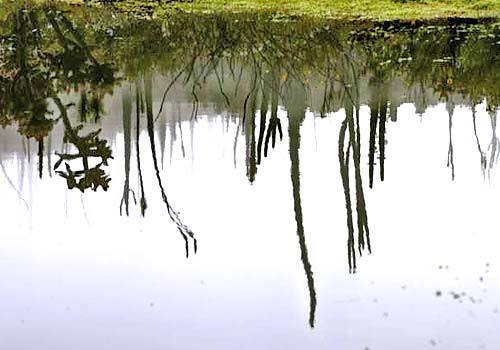
Baja’s Central Desert life is reflected in a pool of water from heavy rains. (Gail Fisher / LAT)
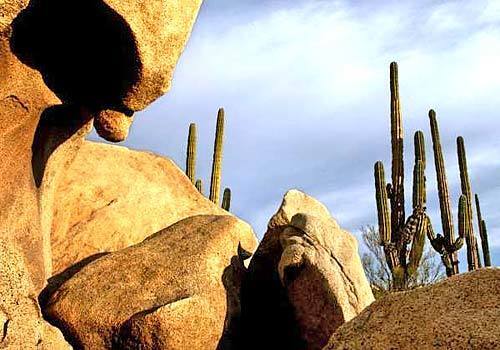
In the outpost of Cataviña in Baja California’s vast Central Desert, the Boulder Field is a jumble of wind- and rain-carved rocks. (Gail Fisher / LAT)
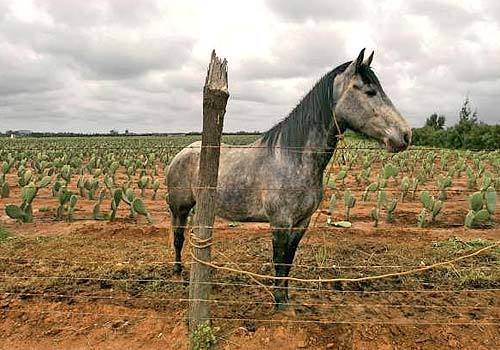
A horse is tethered in a nopale cactus patch, off the beaten path in Puerto San Quintín. (Gail Fisher / LAT)
Advertisement
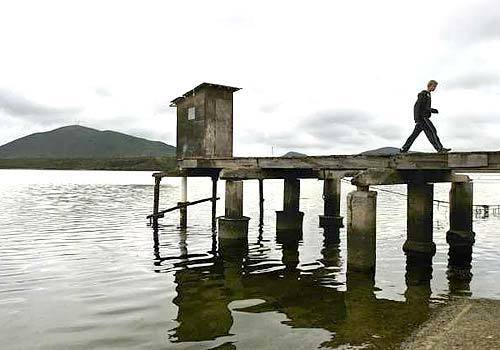
At San Quintín, a sheltered estuary is known for bird-watching and fishing. (Gail Fisher / LAT)
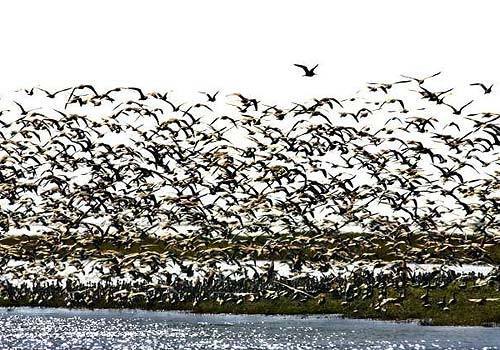
The UNESCO World Heritage Site of Laguna Ojo de Libre is part of the El Vizcaino Biosphere Reserve. It’s an important breeding and wintering site for the California gray whale, marine birds and four species of endangered sea turtle. (Gail Fisher / LAT)
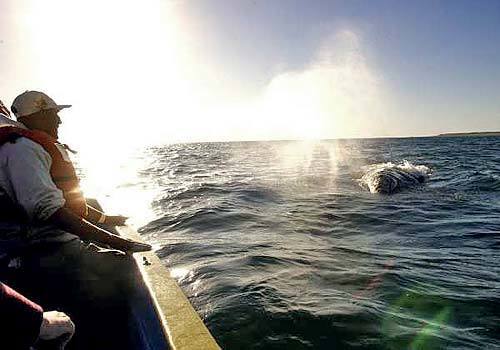
About 1,500 California gray whales migrate south 6,000 miles every year to Laguna Ojo de Libre from the Bering Sea. Group tours in small boats ply several lagoons along the central coast. (Gail Fisher / LAT)
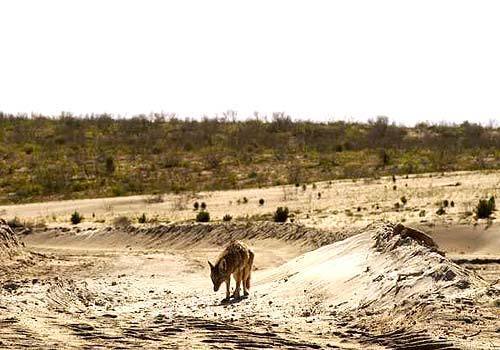
A lone coyote crosses the salt flats at Laguna Ojo De Libre, also called Scammon’s Lagoon, which encompasses bays, lagoons and vast expanses of the Sonoran Desert. (Gail Fisher / LAT)
Advertisement
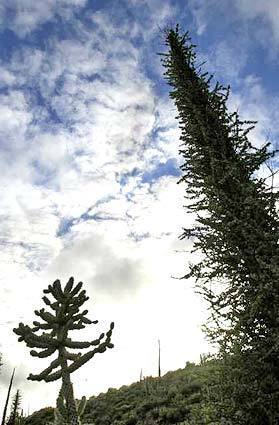
In the Parque Natural del Desierto of Baja’s Central Desert region, the Cirio cactus, right, and other desert vegetation define the landscape. (Gail Fisher / LAT)
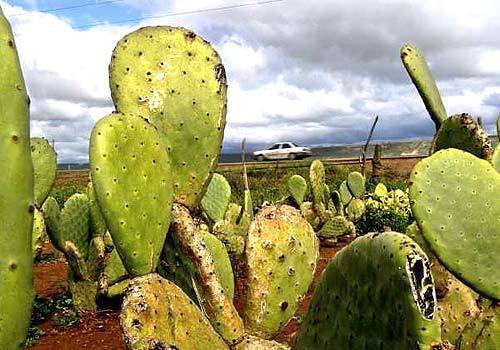
The Transpeninsular Highway (Highway 1) cuts through the Central Desert on the Baja Peninsula, where about 120 types of cactuses are found. Some grow to 60 feet tall. (Gail Fisher / LAT)
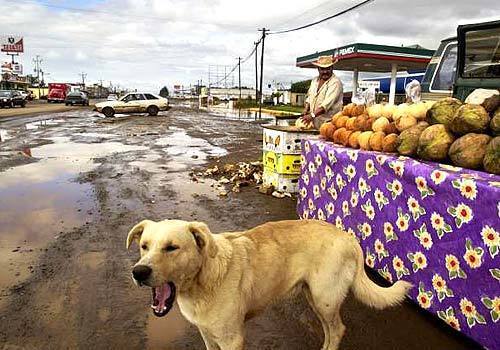
The pace is leisurely in northern Baja towns such as Colonet, on Highway 1, where fruit vendors and their friends hawk their goods on the side of the road. (Gail Fisher / LAT)
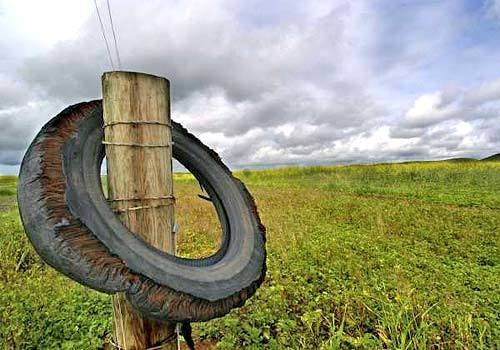
Much of Mexico’s Baja California remains isolated, although the completion of the 800-mile Transpeninsular Highway 1 in 1973 made it possible to drive from the California border to the Baja tip at Cabo San Lucas. (Gail Fisher / LAT)



